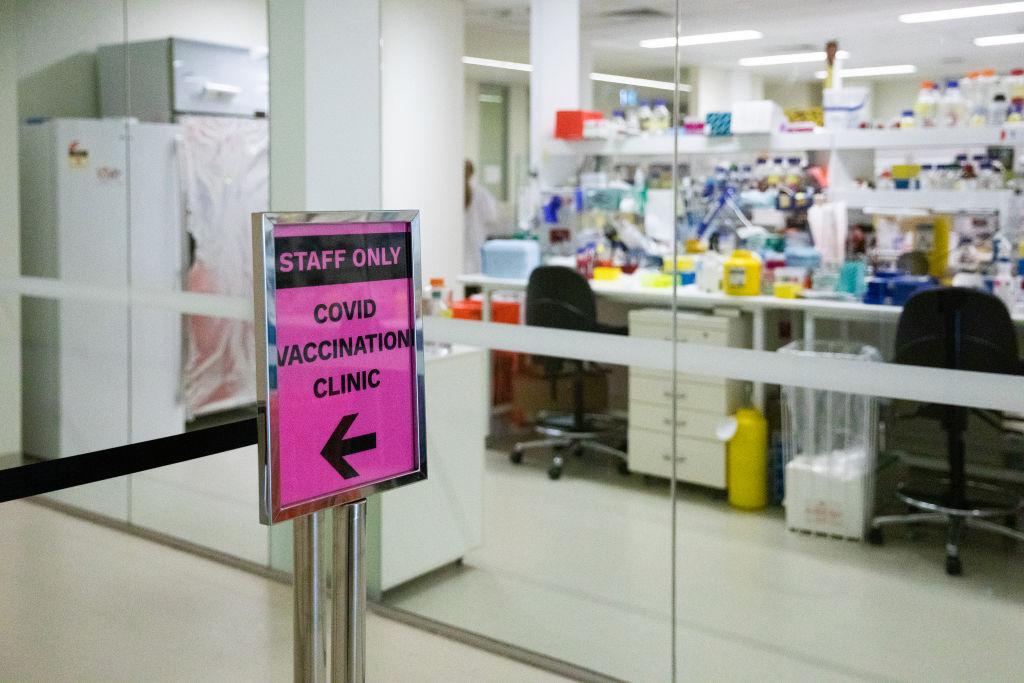A study led by Austin Health in Melbourne has found around one-fifth of medication supplied to public medical, surgical wards, and emergency departments (EDs) in Melbourne had not been administered to patients.
The study, led by David Taylor, Director of Emergency Medicine Research at Austin Health, concluded that in 2019 around 19.2 percent of medication to medical and surgical wards and EDs in four public hospitals in Melbourne were not administered to patients.





